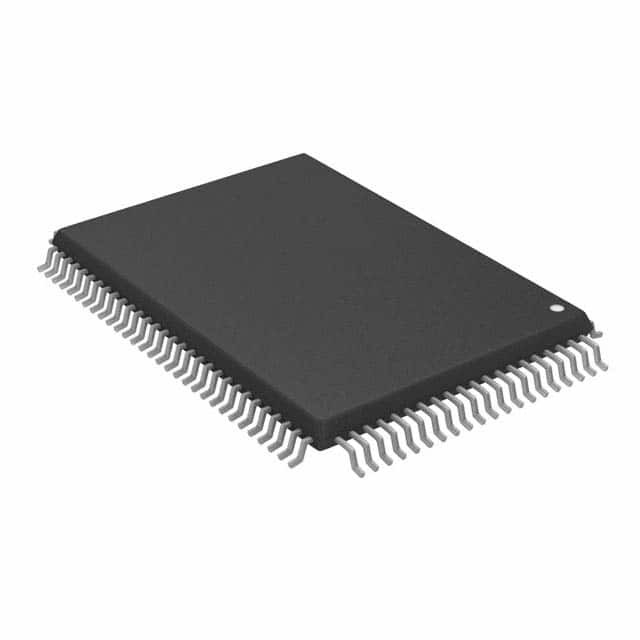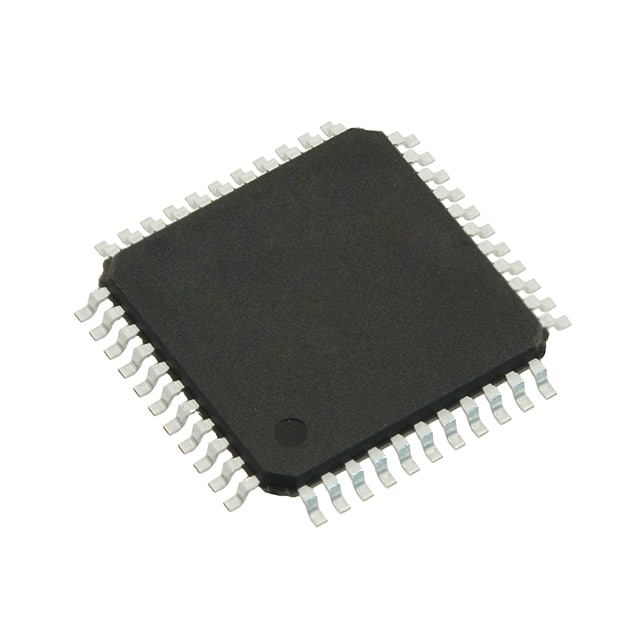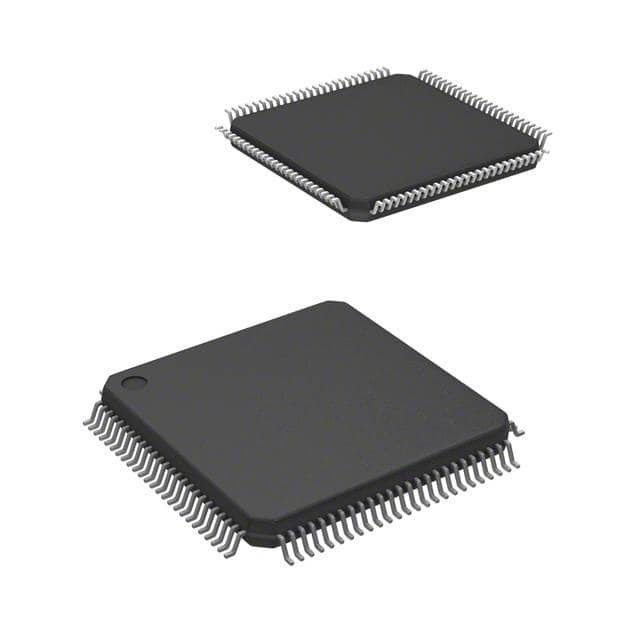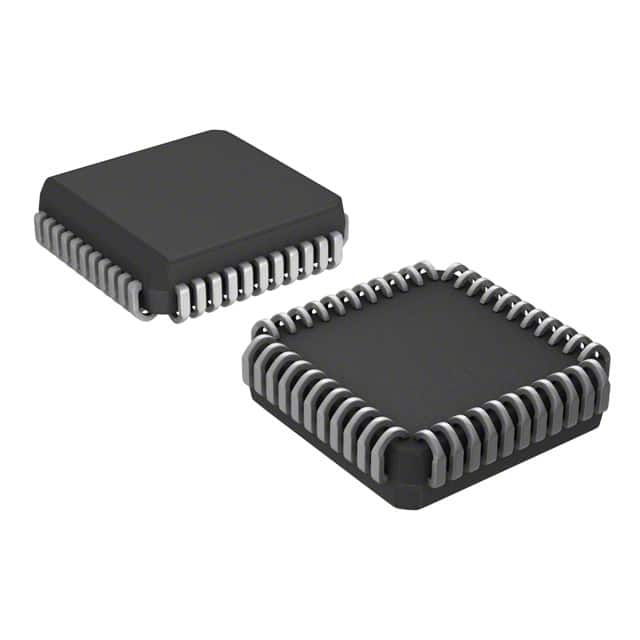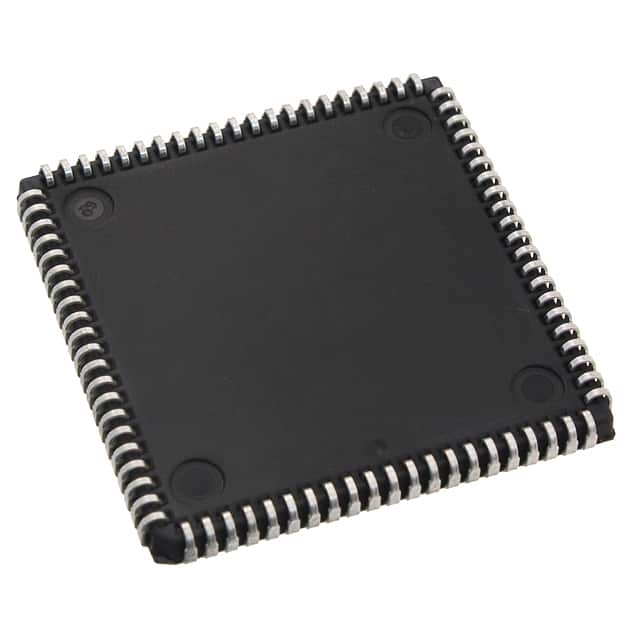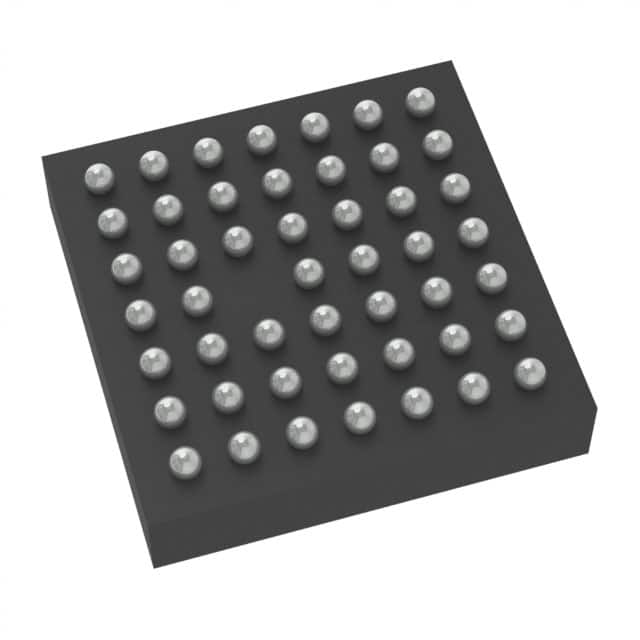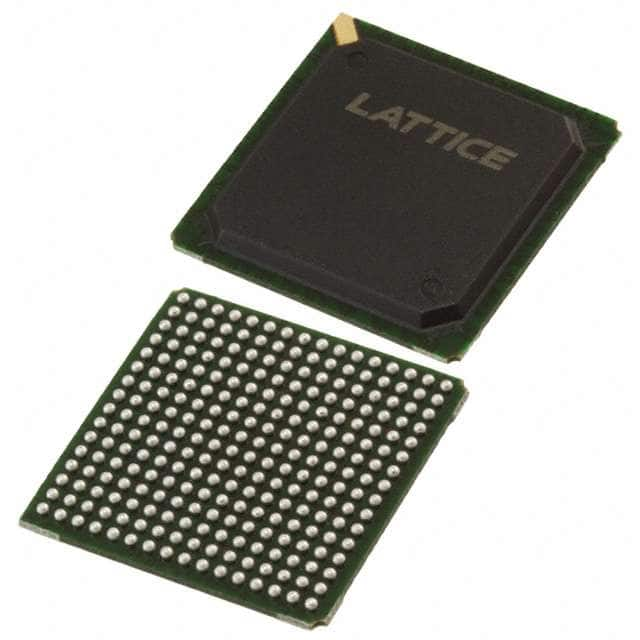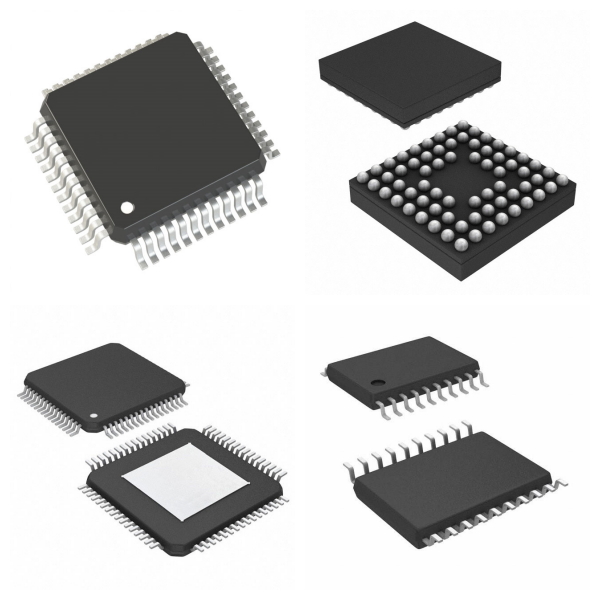CPLDs (Complex Programmable Logic Devices)
1. What are Complex Programmable Logic Devices?
CPLD (Complex Programmable Logic Device) is a digital integrated circuit with user-defined logic functions. It was developed from the early PAL (Programmable Array Logic) and GAL (General Array Logic) and belongs to the category of large-scale integrated circuits. It was born in the mid-1980s to make up for the defect that early PLD devices could not realize complex circuits.
2. What are the Core Structural Features of Complex Programmable Logic Devices?
Logic Unit: It is composed of multiple programmable logic macrocells (Macro Cells). Each macrocell can process dozens of combinational logic inputs and is suitable for implementing complex combinational logic such as decoders.
Interconnection Resources: Logic units are connected through a central programmable interconnect matrix to provide flexible wiring capabilities.
I/O Resources: It integrates rich input/output pins and supports an efficient interface with external circuits.
3. What are the Technical Features of Complex Programmable Logic Devices?
Programming Technology: It adopts non-volatile storage technology based on EEPROM or Flash. After programming, data will not be lost when power is off, and it supports multiple updates in-system programming (ISP).
Performance Advantages: It has the characteristics of high-density integration, low power consumption, and high reliability, and is suitable for scenarios with high real-time requirements.
4. What are the Key Differences from FPGA?
|
Features |
CPLD |
FPGA |
|
Structural Basis |
Product term technology, macrocell structure |
Lookup table technology (LUT) |
|
Configuration Storage |
On-chip integrated EEPROM/Flash |
External configuration memory required |
|
Applicable Scenarios |
Complex combinational logic, control intensive |
Data-intensive, high-performance computing |
|
Granularity |
Large granularity (macrocell level) |
Medium granularity (LUT level) |
5. What are the Application Advantages of Complex Programmable Logic Devices?
Development Efficiency: Rapid design through schematics or hardware description language (HDL), shortening the development cycle and lowering the hardware experience threshold.
Cost-effectiveness: No tape-out cost, suitable for small and medium-scale production (such as less than 10,000 pieces) and prototype verification.
Flexibility: Repeatable programming to modify logic functions, widely used in communications, industrial control, automotive electronics, and other fields.
As a key component in digital system design, CPLD balances flexibility, integration, and cost, and is the preferred solution for the implementation of small and medium-scale logic circuits.

